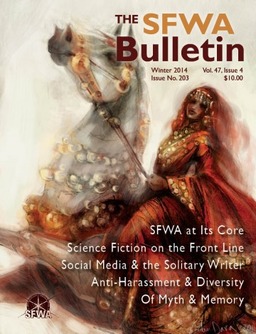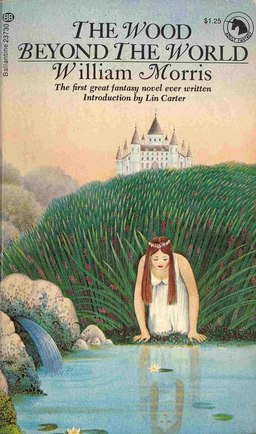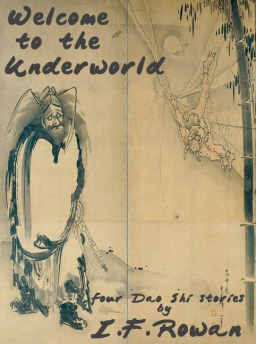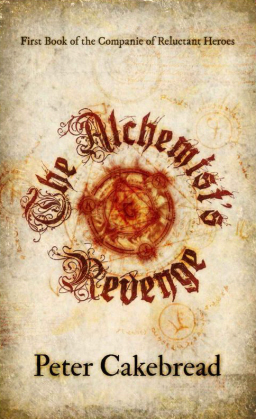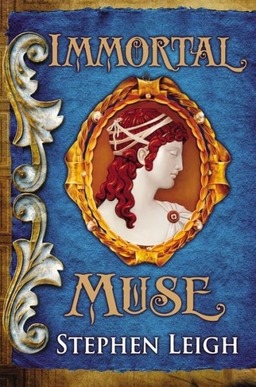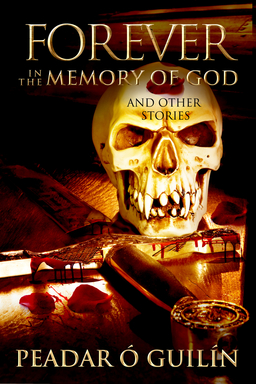Vintage and New: Revisiting The Night Land with James Stoddard
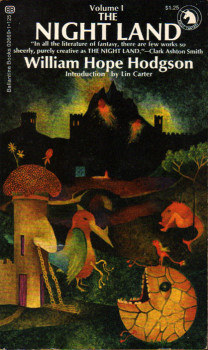 William Hope Hodgson (1877-1918) was an English author and poet who died in Flanders Fields (how poetic) at the age of 40, his career cut short by an artillery shell. Perhaps you’ve heard of him?
William Hope Hodgson (1877-1918) was an English author and poet who died in Flanders Fields (how poetic) at the age of 40, his career cut short by an artillery shell. Perhaps you’ve heard of him?
Maybe not. Though the recognition will be significantly higher among readers of this site, for the general public his is a pretty obscure name (at least until a major HBO series drops references to his work, a la True Detective and Robert W. Chambers).
If you have heard of him, it’s likely because H.P. Lovecraft considered Hodgson’s novels to have been among the most brilliant works of weird horror, and more recent writers like Gene Wolfe and China Mièvelle concur.
Ironically, Lovecraft himself was once nearly forgotten — like Hodgson, he was well served by literary executors who worked tirelessly to keep his work alive until he could be more widely recognized and take his rightful place in the canon. Hodgson’s widow and his sister-in-law both managed to keep his works in print so that the likes of Lovecraft could discover him. Unlike Lovecraft, much wider recognition has not been — and likely will not be — forthcoming, and that is largely Hodgson’s own fault.
Most new readers of Hodgson come to him through recommendations by influential popular writers; two of the most influential cheerleaders have been Lovecraft and C.S. Lewis. Although there could hardly be two more different authors than Lovecraft and Lewis, and though their fan base probably does not much overlap, both were struck by the power of Hodgson’s weird, startling imagination and had the highest praise for two novels in particular: The House on the Borderland (1908) and The Night Land (1912).

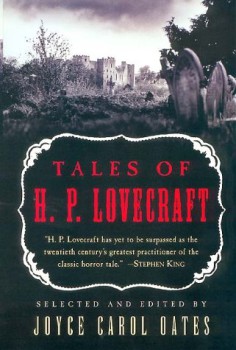
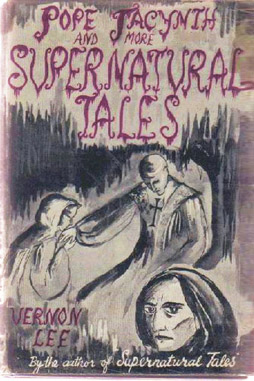 With
With 